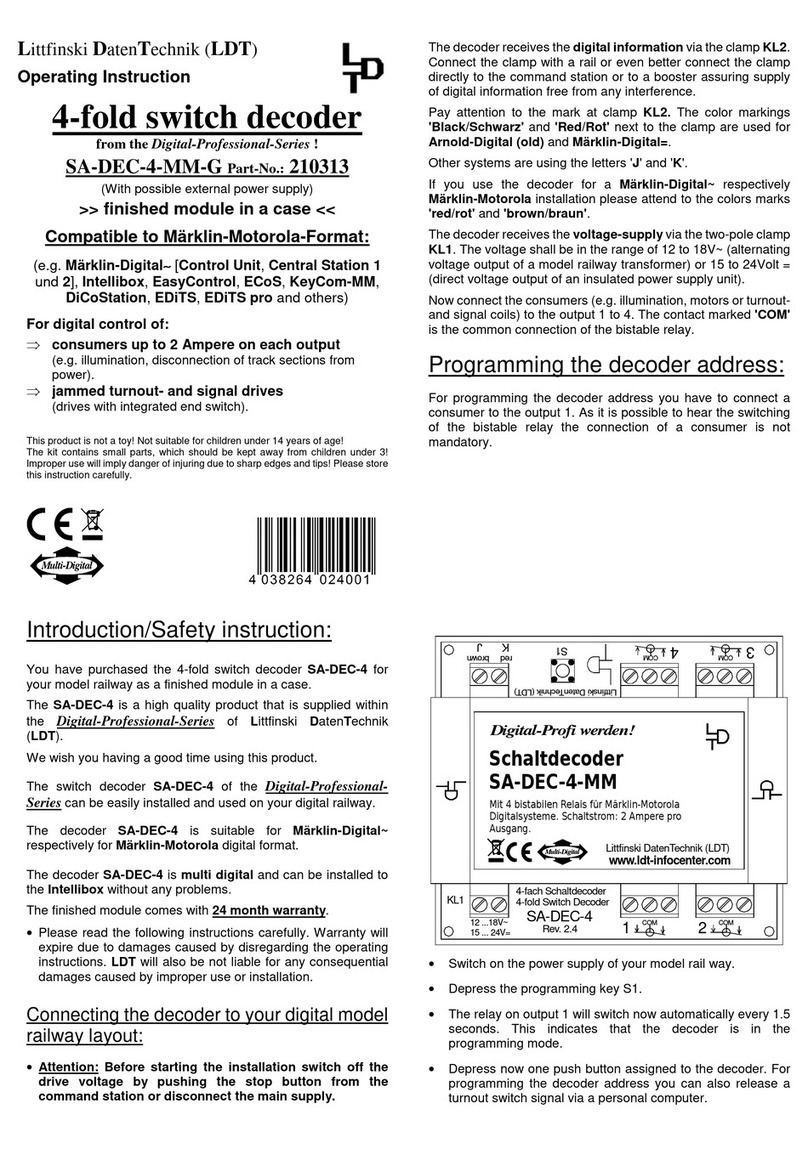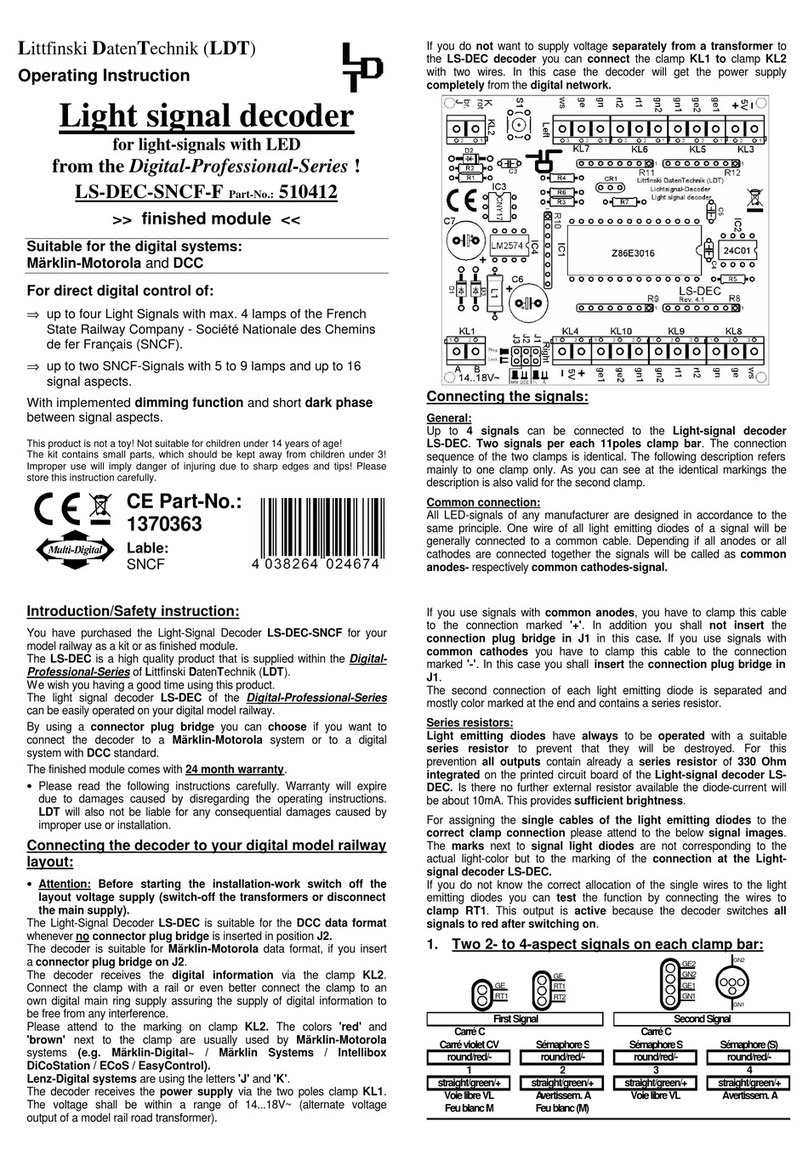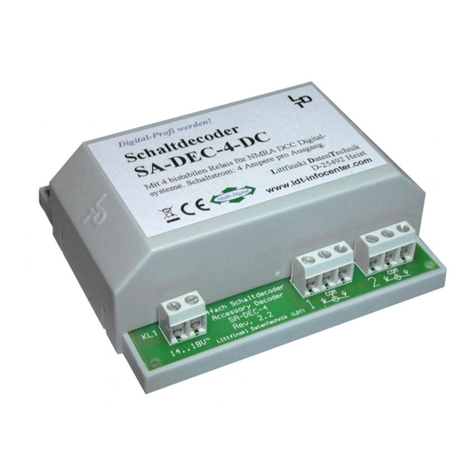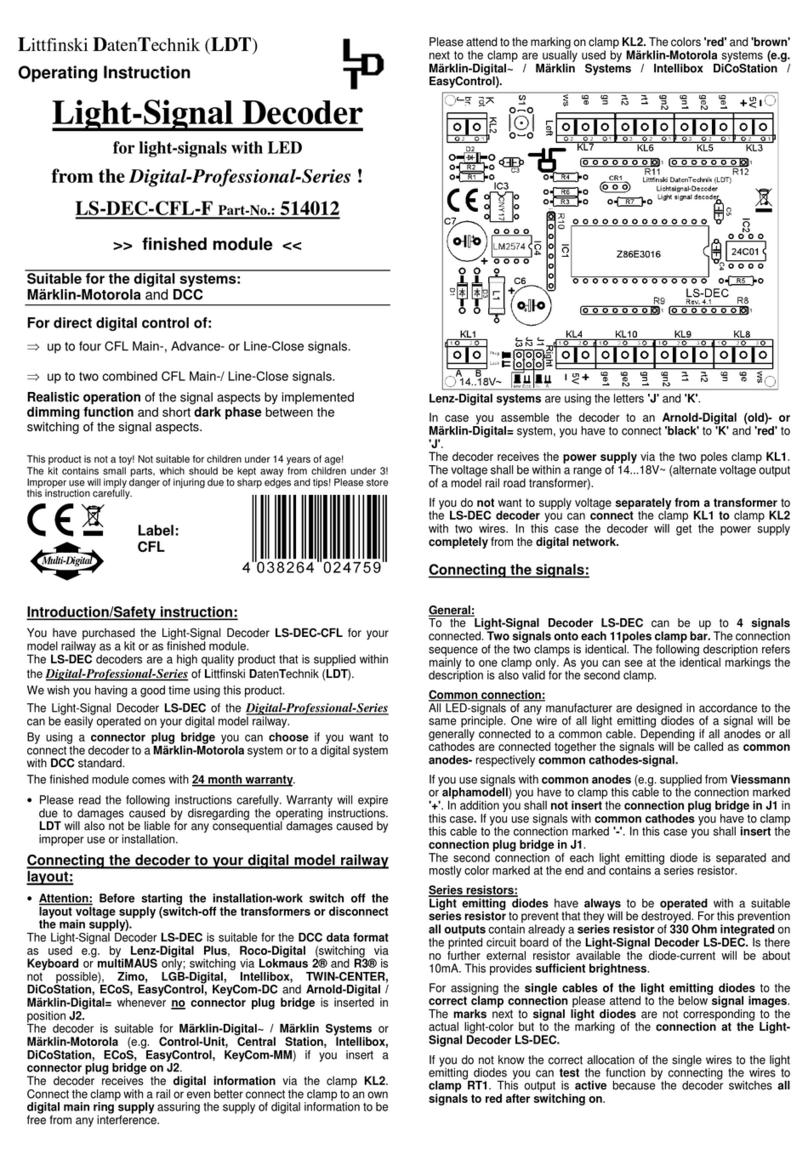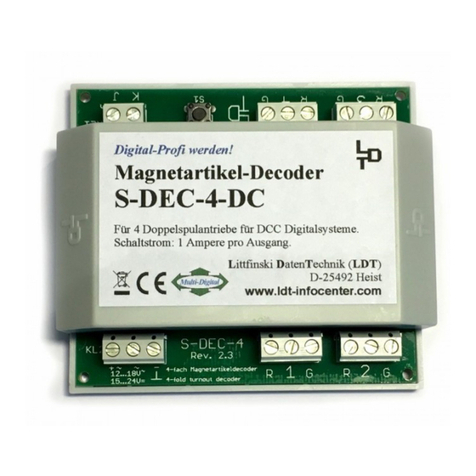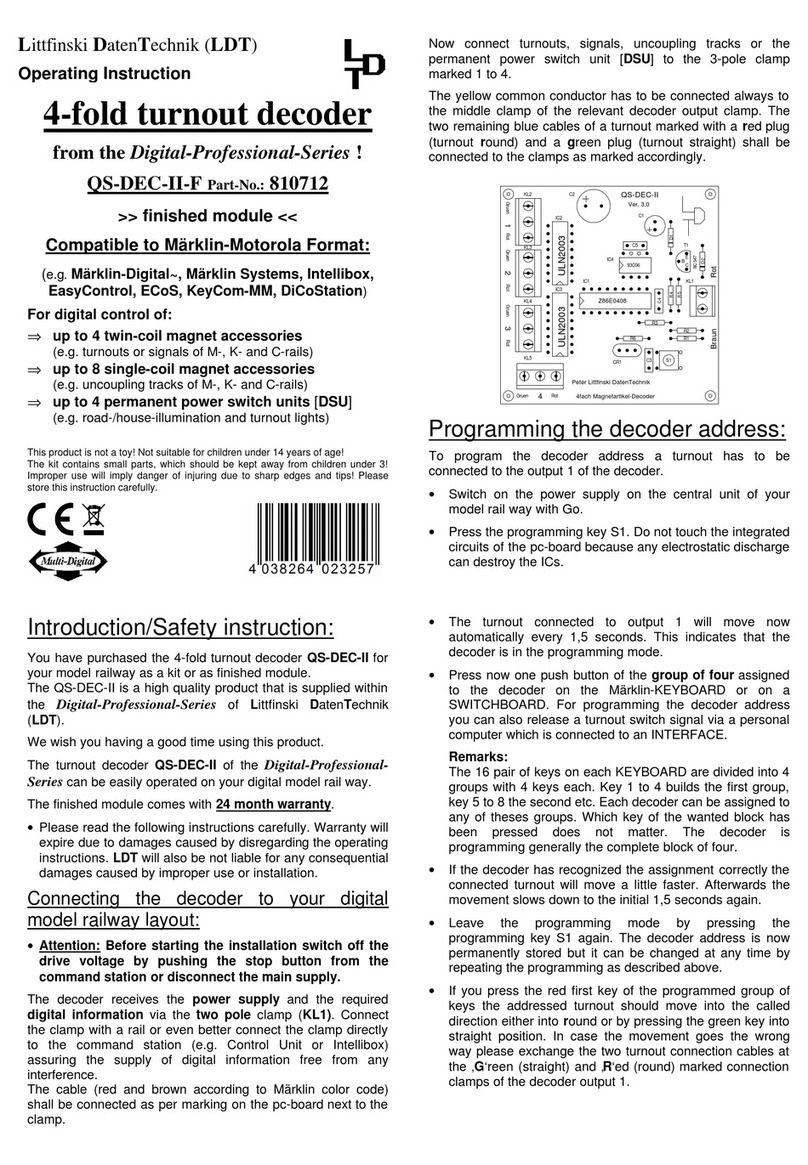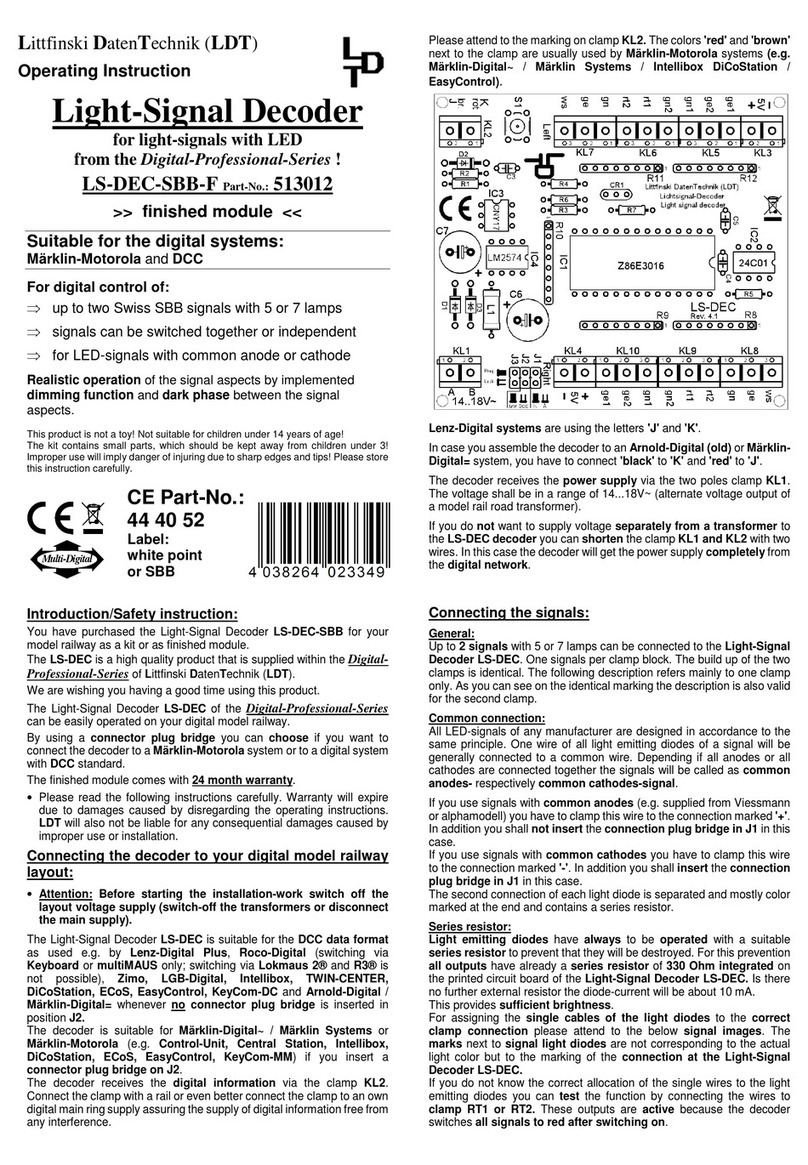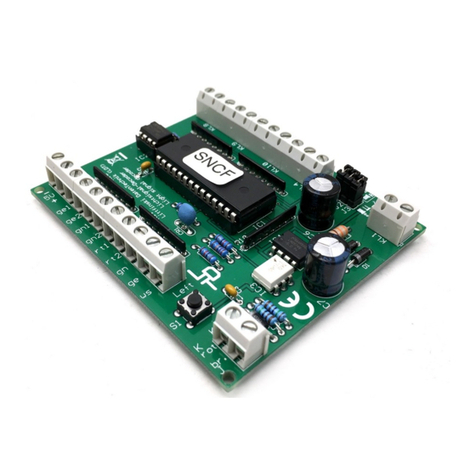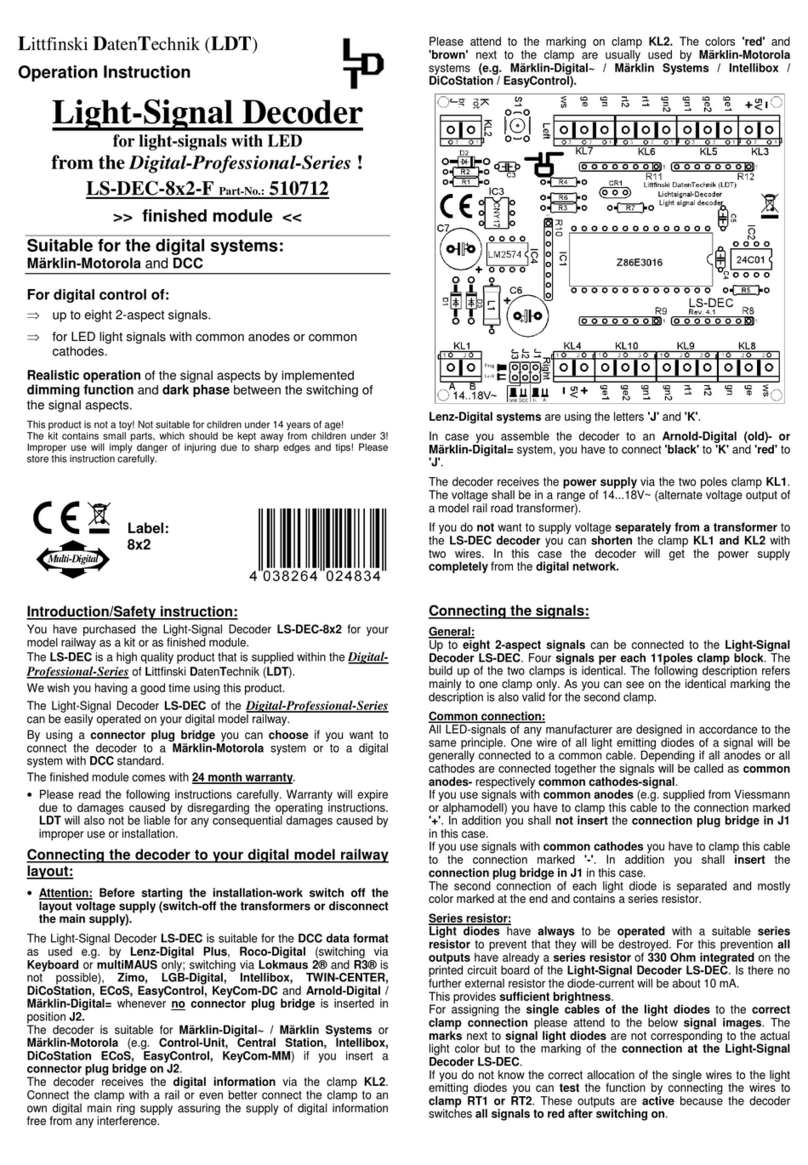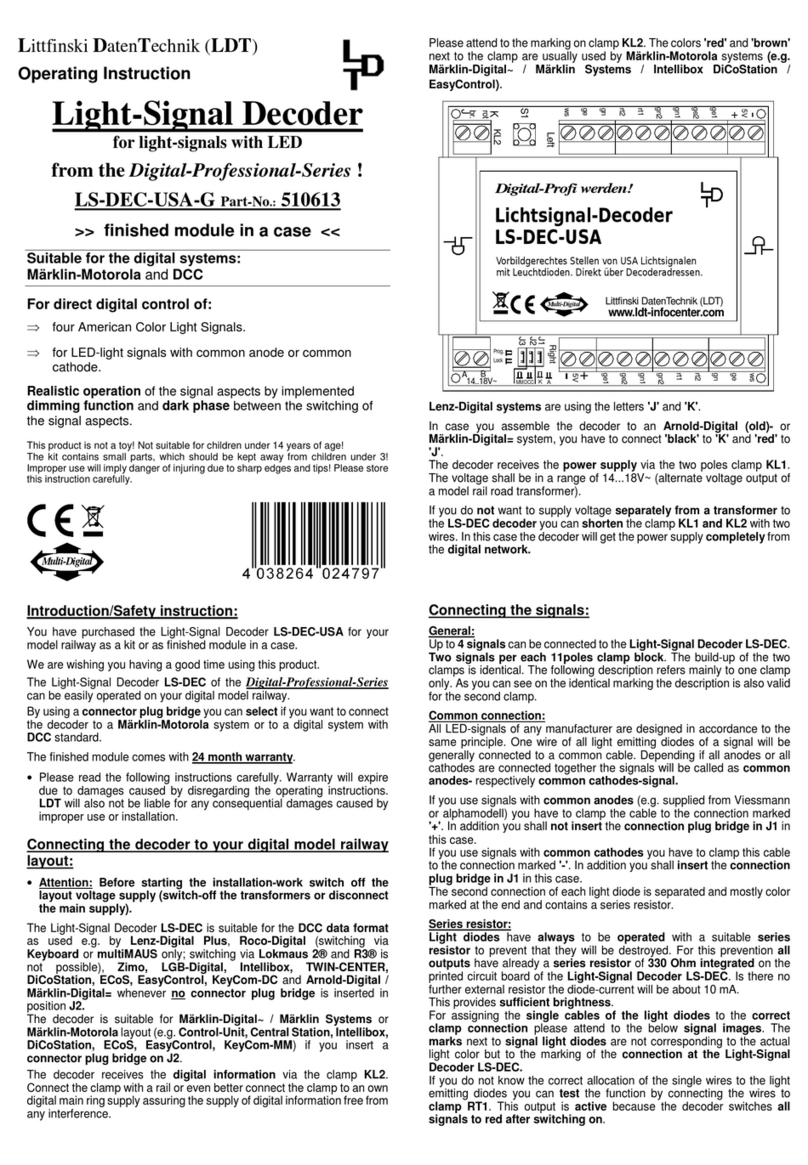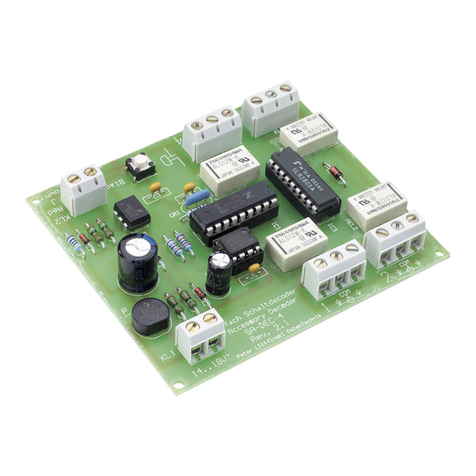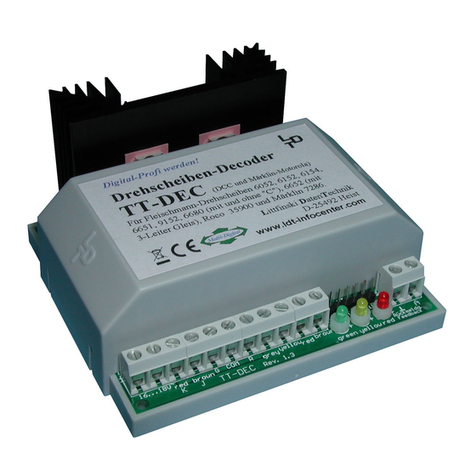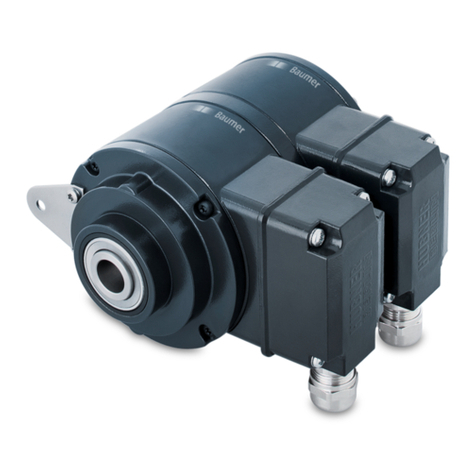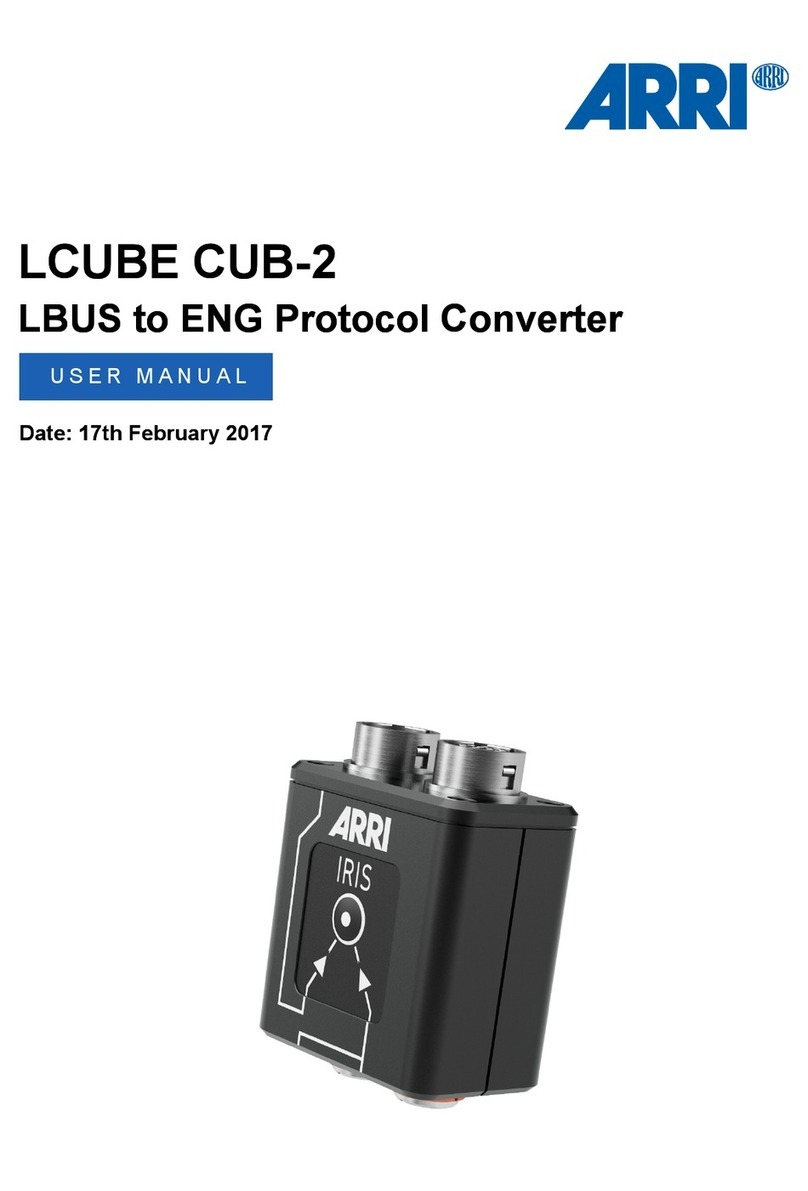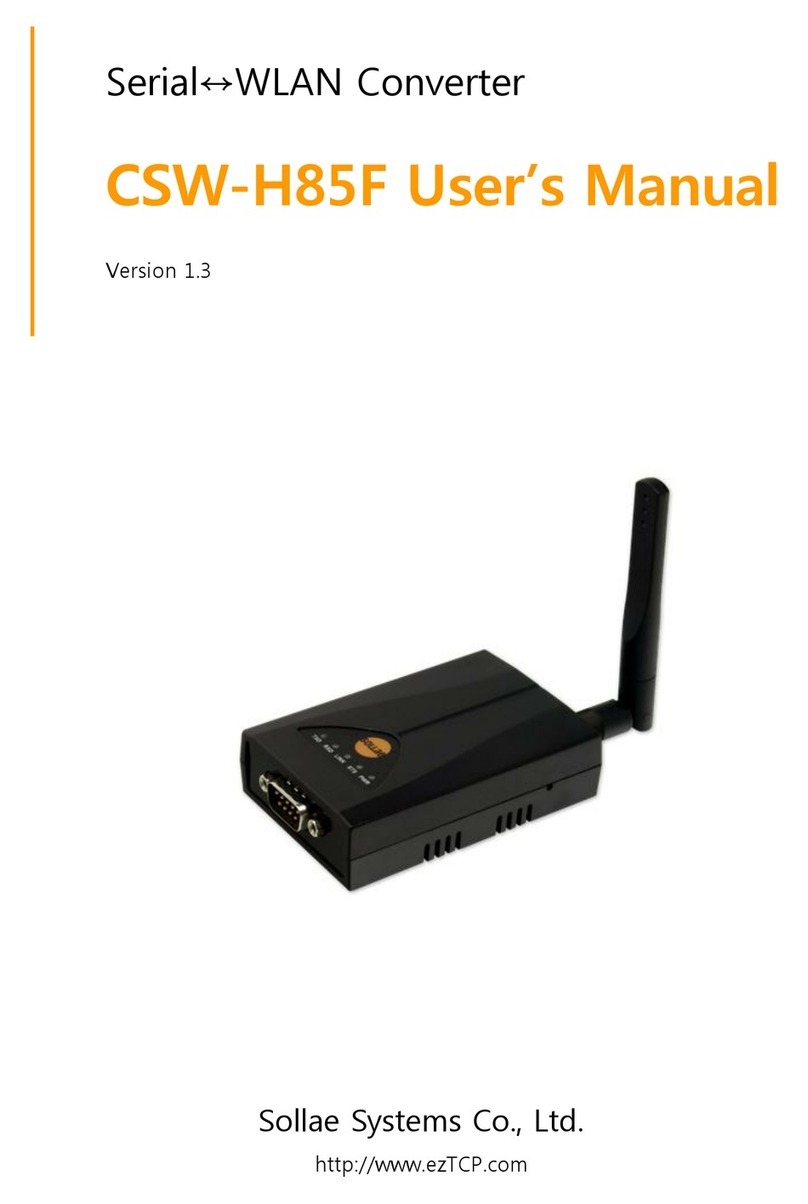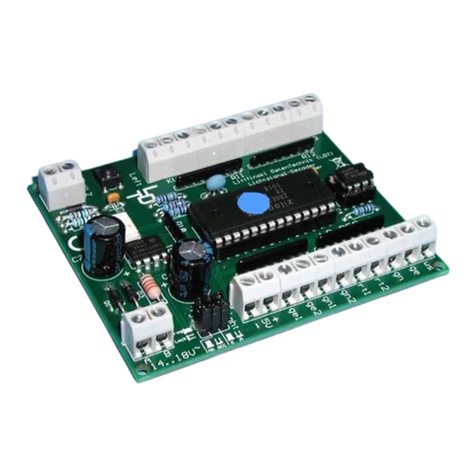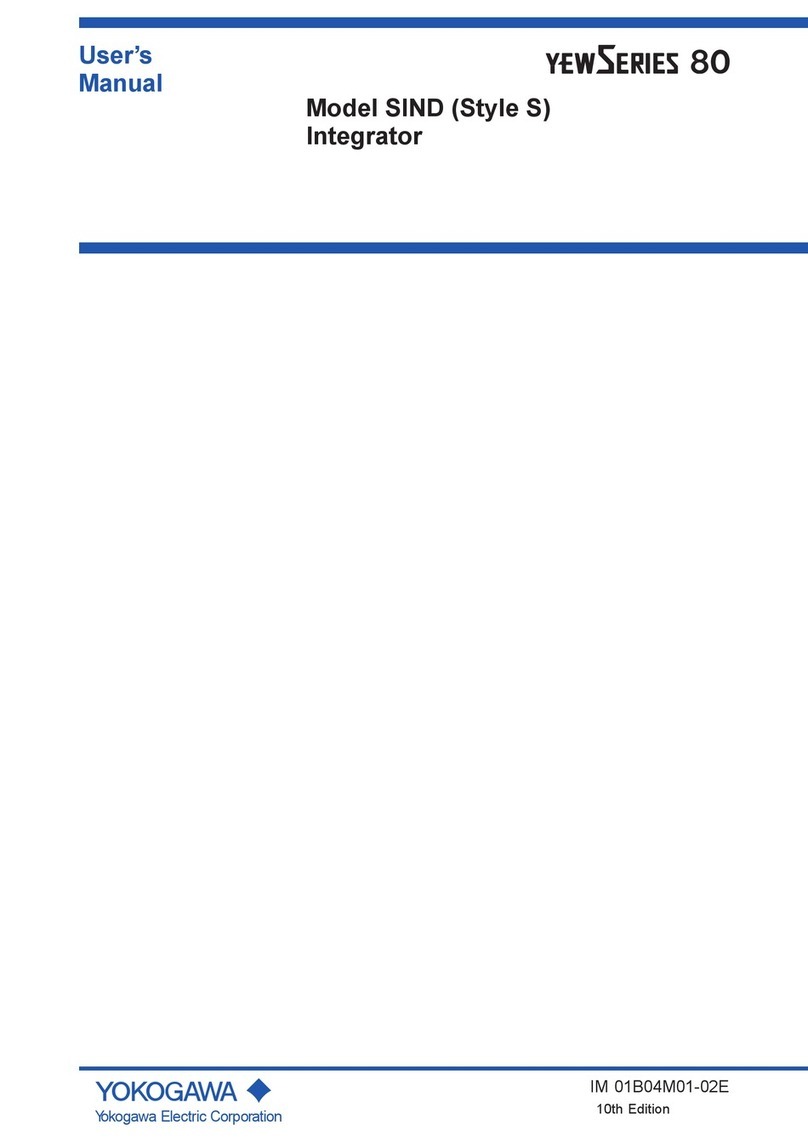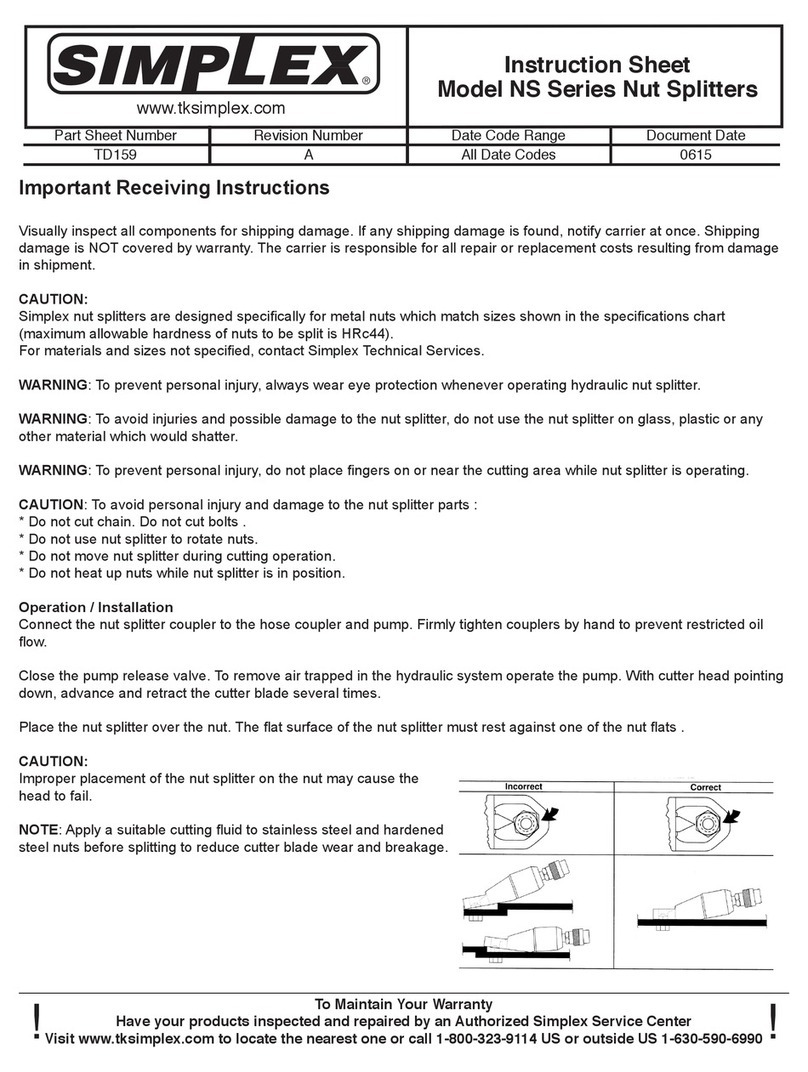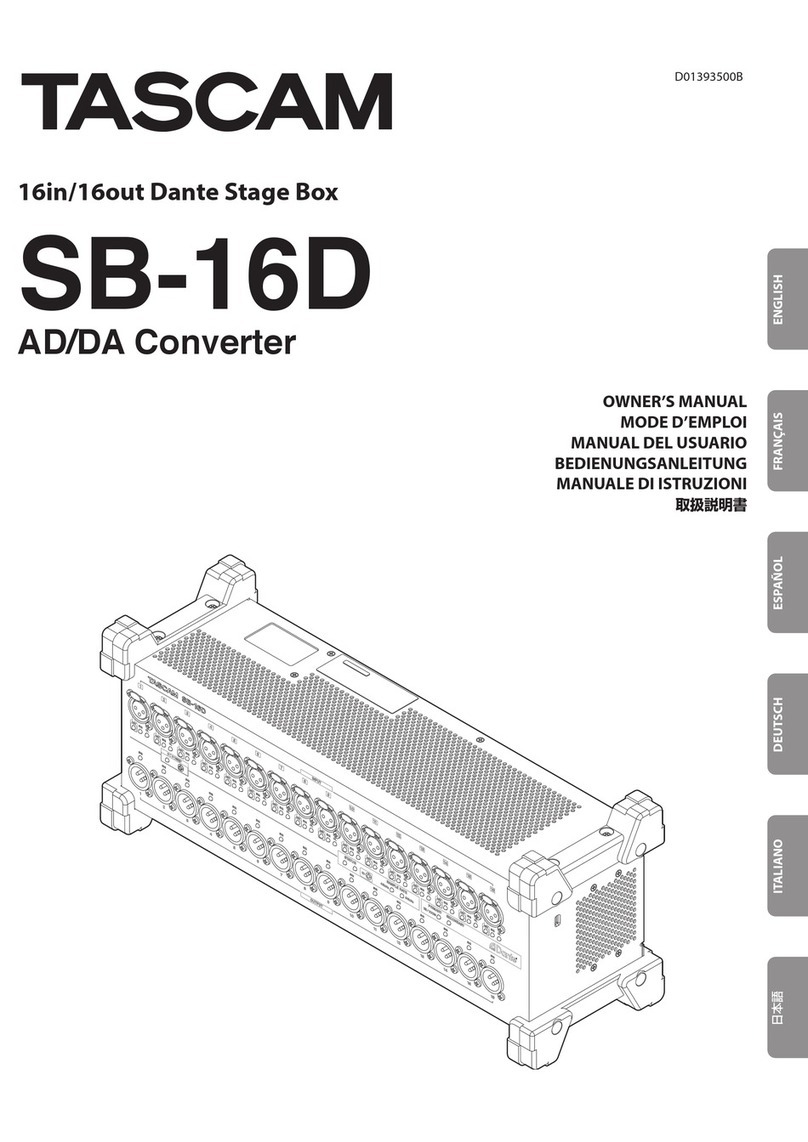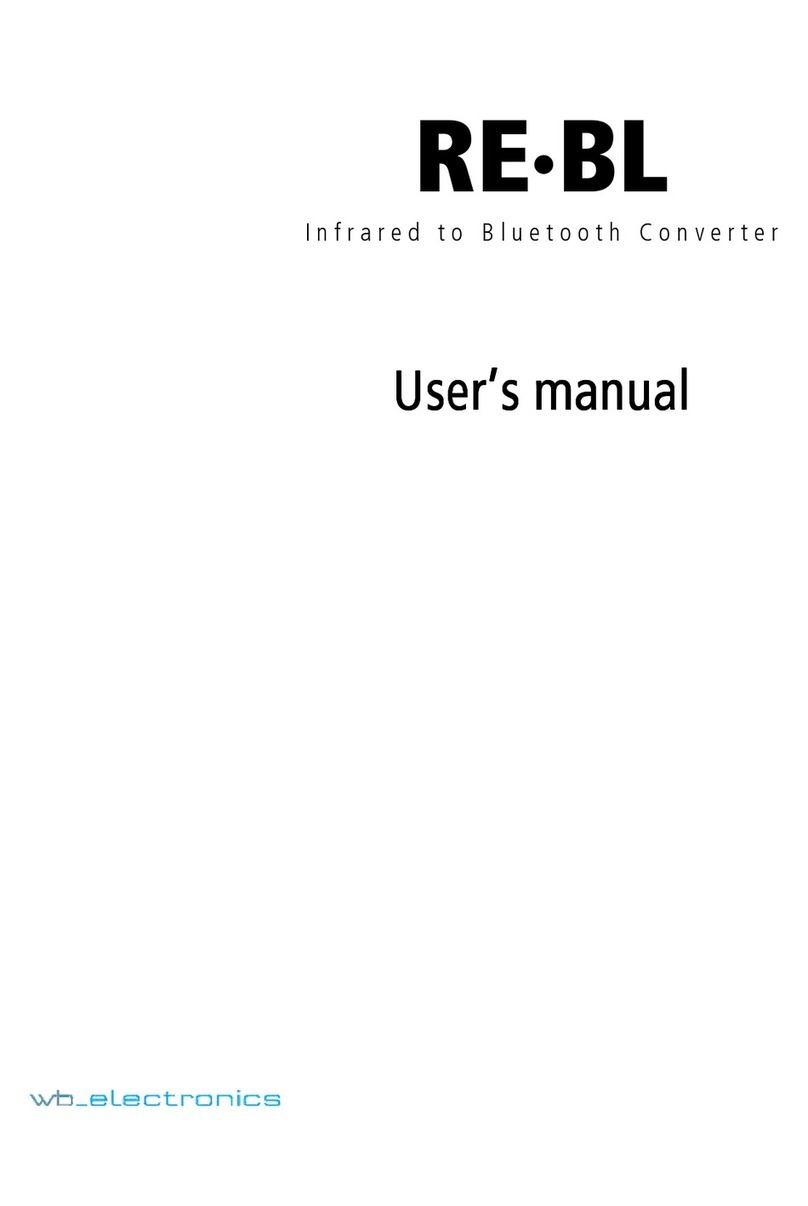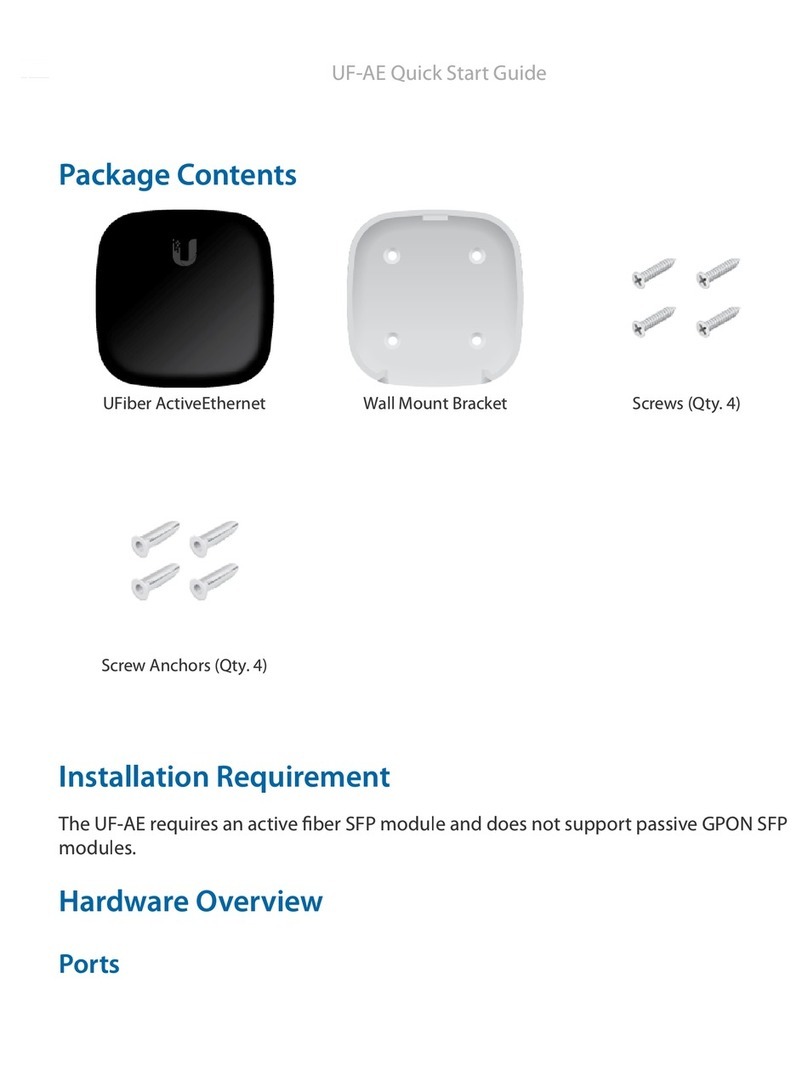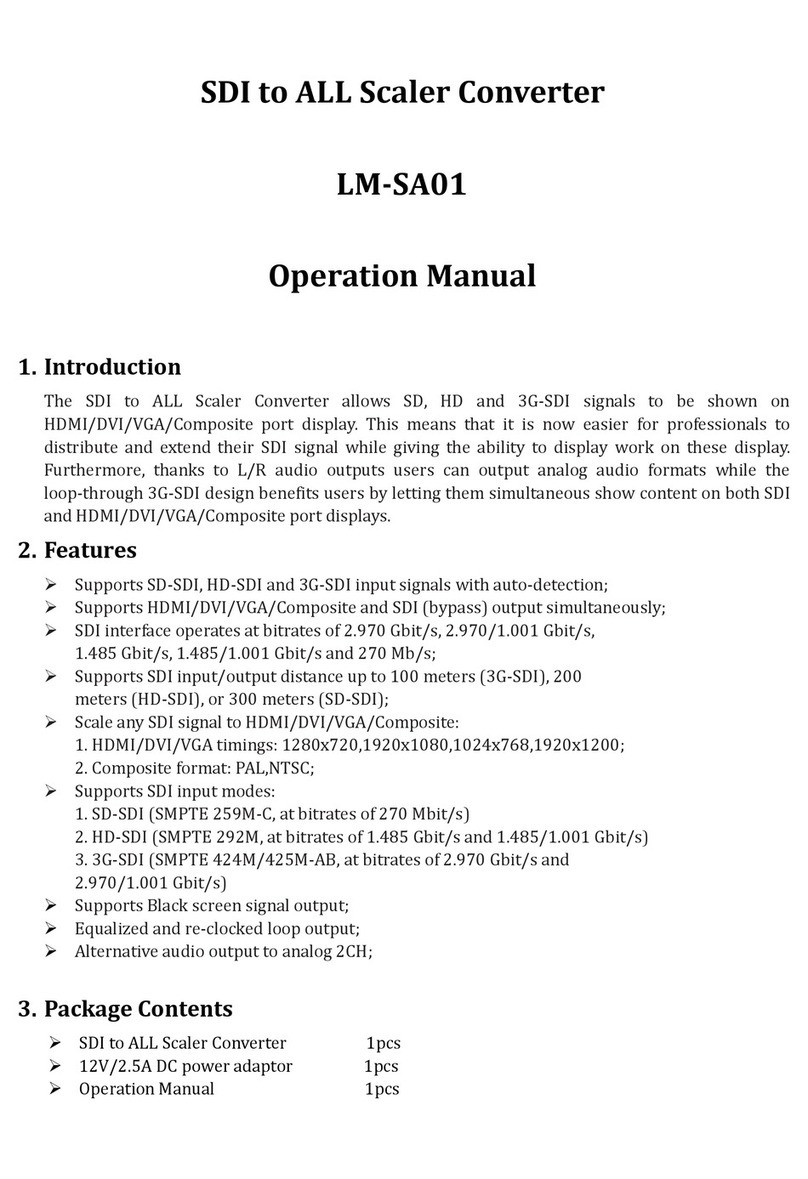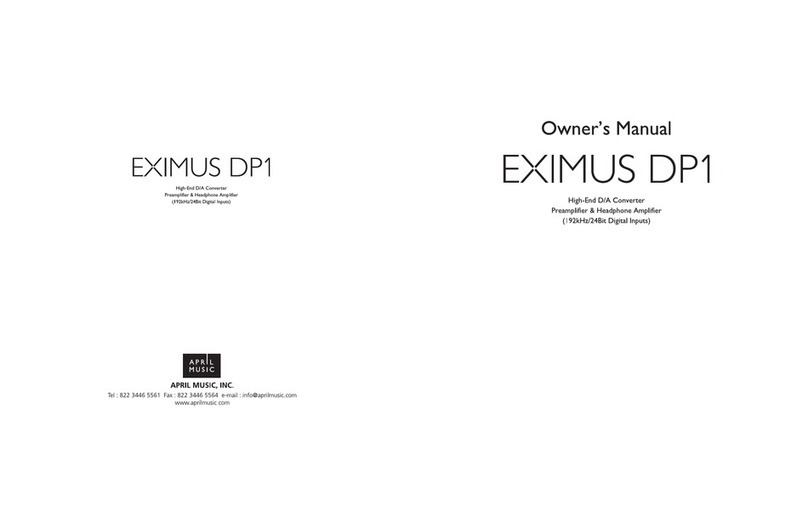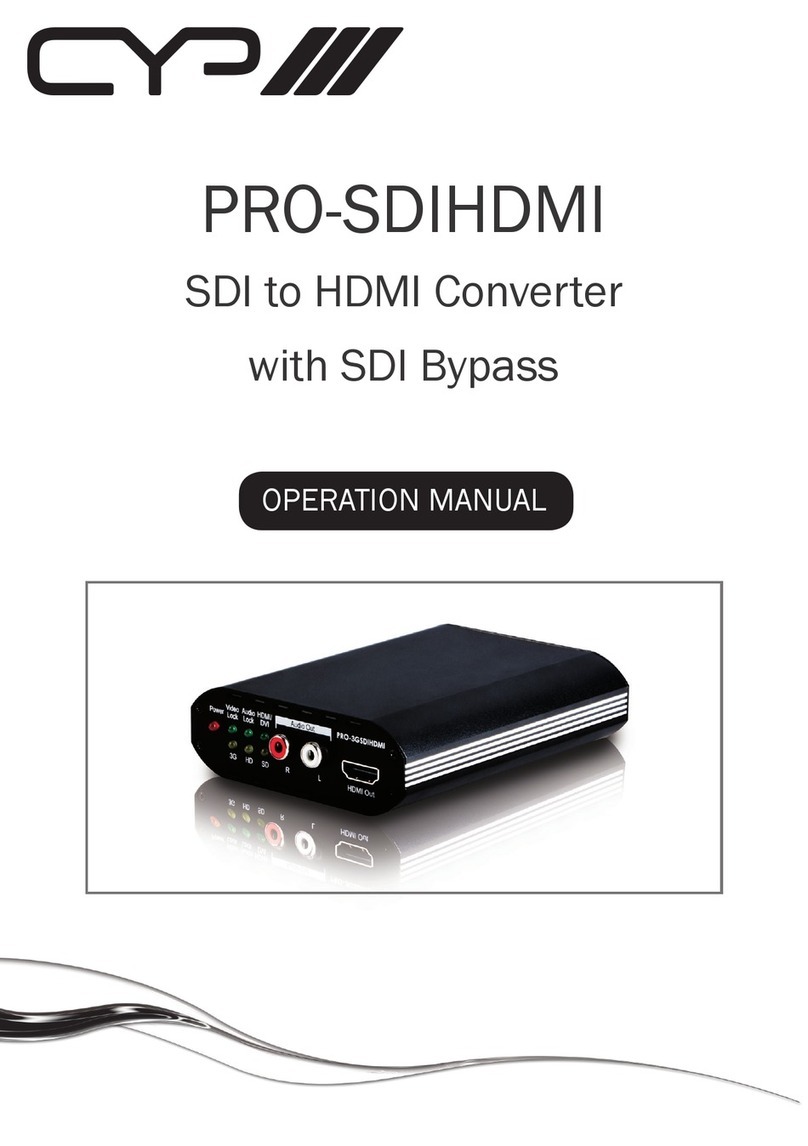
L
ittfinski
D
aten
T
echnik (
LDT
)
Multi-Digital
4-fold decoder for motor
driven turnouts
with external power supply possibility
from the Digital-Professional-Series !
M-DEC-DC-G
Part-No.:
410413
>> finished module in a case <<
Suitable for the DCC-Format:
e.g. Lenz-, Arnold-, Roco-, LGB-Digital, Intellibox, TWIN-
CENTER, Digitrax, Zimo, Märklin-Digital=, EasyControl,
KeyCom-DC, ECoS, DiCoStation and others
Turnouts can be switched as well via loc-addresses
(e.g. Lokmaus 2® and R3®)
For the digital control of :
⇒Up to four turnout motor drives.
(e.g. drives from Fulgurex, Pilz or Hoffmann/Conrad)
⇒Motor current per output up to 1A.
This product is not a toy! Not suitable for children under 14 years of age!
The kit contains small parts, which should be kept away from children under 3!
Improper use will imply danger of injuring due to sharp edges and tips! Please store
this instruction carefully.
Introduction/Safety instruction:
You have purchased the 4-fold decoder M-DEC-DC for motor
driven turnouts for your model railway as finished module in a
case supplied within the assortment of Littfinski DatenTechnik
(LDT).
We are wishing you having a good time using this product.
The M-DEC-DC (receiver device is marked with a blue dot) is
suitable for the DCC Data format, used for instance within the
systems of Arnold-Digital, Intellibox, Lenz-Digital Plus, Roco-
Digital, TWIN-CENTER, Digitrax, LGB-Digital, Zimo, Märklin-
Digital=, EasyControl, KeyCom-DC, ECoS and DiCoStation.
The decoder M-DEC-DC can not only switch turnouts via the
turnout addresses but also responds to loc-addresses.
Therefore is it possible to shift turnouts with the functional keys
F1 to F4 of the Lokmaus
2® or R3®.
The finished module in a case comes with 24 month warranty.
•Please read the following instructions carefully. Warranty will
expire due to damages caused by disregarding the operating
instructions. LDT will also be not liable for any consequential
damages caused by improper use or installation.
Connecting the decoder to your digital model
railway layout:
•Attention: Before starting any installation switch off all
power supply to the digital layout by pushing the stop
button or disconnect all main supply to the transformers.
The decoder receives the digital information via the clamp KL2.
Connect the clamp directly to the command station or to a
booster assuring the supply of digital information free from any
interference.
The DCC-Digital-Systems uses different colorcodes respectively
indications for the two digital cables. Those markings are
indicated next to the clamp KL2.These markings have not
necessarily to be maintained correct as the decoder converts the
signal automatically to be correct.
The decoder receives the power supply via the two pole clamp
KL1. Voltage within the range of 12…18V~ is acceptable
(alternate current output of a model railway transformer) or
15...24 V= (direct voltage from a switched mode mains power
supply).
If you do not want to supply power to the decoder M-DEC from
an external transformer you can connect the clamp KL1 to
KL2 with two wires. In this case the decoder will get the power
supply complete from the digital system.
Programming the decoder address:
To program the decoder-address a motor driven turnout has to
be connected to the output 1 (clamp KL9) of the decoder.
•Switch on the power supply of your model railway.
•Adjust the speed of all connected speed controller to zero.
•Press the programming key S1.
•The turnout drive connected to output 1 will now move a little
every 1.5 seconds. This indicates that the decoder is in the
programming mode.
•Is the motor not moving is it possible that the motor drive
contains directional diodes. In this case switch off the power
supply and turn around the two connection wires on output 1.
After switching power on the turnout drive should move at a
1.5 second interval.
•Switch now one turnout of a group of four assigned to the
decoder via the keyboard of the control unit or via a remote
control unit.
For programming the decoder address you can also release a
turnout switch signal via a personal computer.
Remarks: The decoder-addresses for magnet accessories
are combined in groups of four. The address 1 to 4 build the
first group. The address 5 to 8 build the second group etc.
Each M-DEC-DC decoder can be assigned to any of these
groups. Which turnout of a group will be activated for the
addressing does not matter.
•If the decoder has recognized the assignment correctly the
connected turnout will move a little faster. Afterwards the
movement slows down to the initial 1.5 seconds again.
•Leave the programming mode by pressing the programming
key S1 again. The decoder address is now permanently
stored but it can be changed at any time by repeating the
programming as described above.
KL2
S1
Littfinski DatenTechnik (LDT)
3
BA
4
BA
red brown
K J
15 ... 24V=
12 ... 18V~
KL1
M-DEC/1-DEC
Rev. 2.0
4-fach Decoder für
motorischeAntriebe
4-fold decoder for
motor driven turnouts
1
BA
2
BA
Decoder für motorische
Antriebe: M-DEC-DC
4-fach Decoder für DCC Digitalsysteme.
Motorstrom: 1 Ampere pro Ausgang.
Multi-Digital
Littfinski DatenTechnik (LDT)
www.ldt-infocenter.com
Digital-Profi werden!


